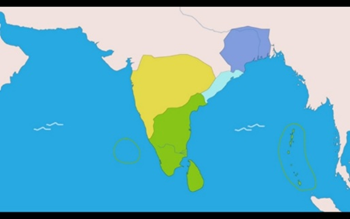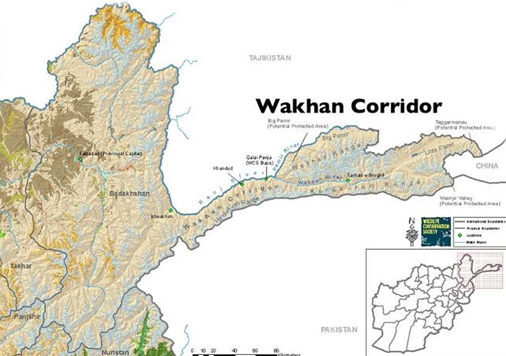How to build Train Tunnels
Most of you must have enjoyed
a train ride through a tunnel. Have you ever thought about how these tunnels
are built? There are few standard methods in which the tunnels are built. Let’s
have a look at them.
Cut-and-cover Method- Cut and cover is the oldest method of
tunnel construction. You dig and
excavate the ground to create a hole. Build all the infrastructure you need for
train to go such as tracks and signals. Then cover it up. So simple right?
It is like constructing the drainage network in any city.
It is mostly used for construction of Shallow tunnels,
tunnels for underpasses, and in flat terrains.
London Underground (which is 100 years old) is a good example of it.
Tunnel Boring:
Bored tunnels are as
the name suggests made by Tunnel boring machines which do look quite boring but
the method itself is quite interesting
This method
is used, when you need to build tunnels at greater depths and also when ground
excavation is not possible.
The tunnels
are dug in a circular shape and the stations are mostly box shaped. But focus
on the word ‘mostly’. Barcelona metro line 9 and 10 have stations which maintain
the circular shape of the tunnel.
This method
is more costly compared to cut and cover method. This is also more challenging. For instance, in
Kolkata metro line 2 construction, while boring, the buildings above the ground
collapsed due to presence of an aquifer which was not detected earlier.
Some stretches
of Bangalore Metro and Kolkata metro are built using this method.
New Austrian Tunneling Method (NATM): Sometimes the area in which we want to build
a tunnel could have different types of rocks (hard rocks or soft rocks) or different
types of soil. Mountains are a good example of this.
The approach involves excavating a small segment, look at the
soil or rock type, design support structures so that it is stable and then
build the tunnel. Once that segment is completed, you do the same thing to the
next segment, and so on.
The Udhampur- Srinagar-Baramulla Rail Link Project (USBRL
Project), which has tunnels dug in Himalayan mountain ranges used this
approach. The Himalayan geology is such
that, the type of rocks changes every 100 meters.
In Mumbai Metro line 3, this method is used for building tunnels near Dharavi area.
Enough of Railway tunnels. I am now going to tunnel through the
chocolate cake that my father bought me. Should I cut it and cover my face, or
bore it with my head ?






Very informative. Is it possible to add a video of the boring machine doing its "interesting" job?
ReplyDeleteYeah nice idea. I even got the idea of tunnel construction methods from a video
DeleteWow... Never known the fact of how they build the tunnel until now... Thanks for the insight Guru...
ReplyDeleteYou seems to be Pro-blogger!
All the Best!
This is Kavitha, Above is my comment.
DeleteThankyou aunty
ReplyDelete